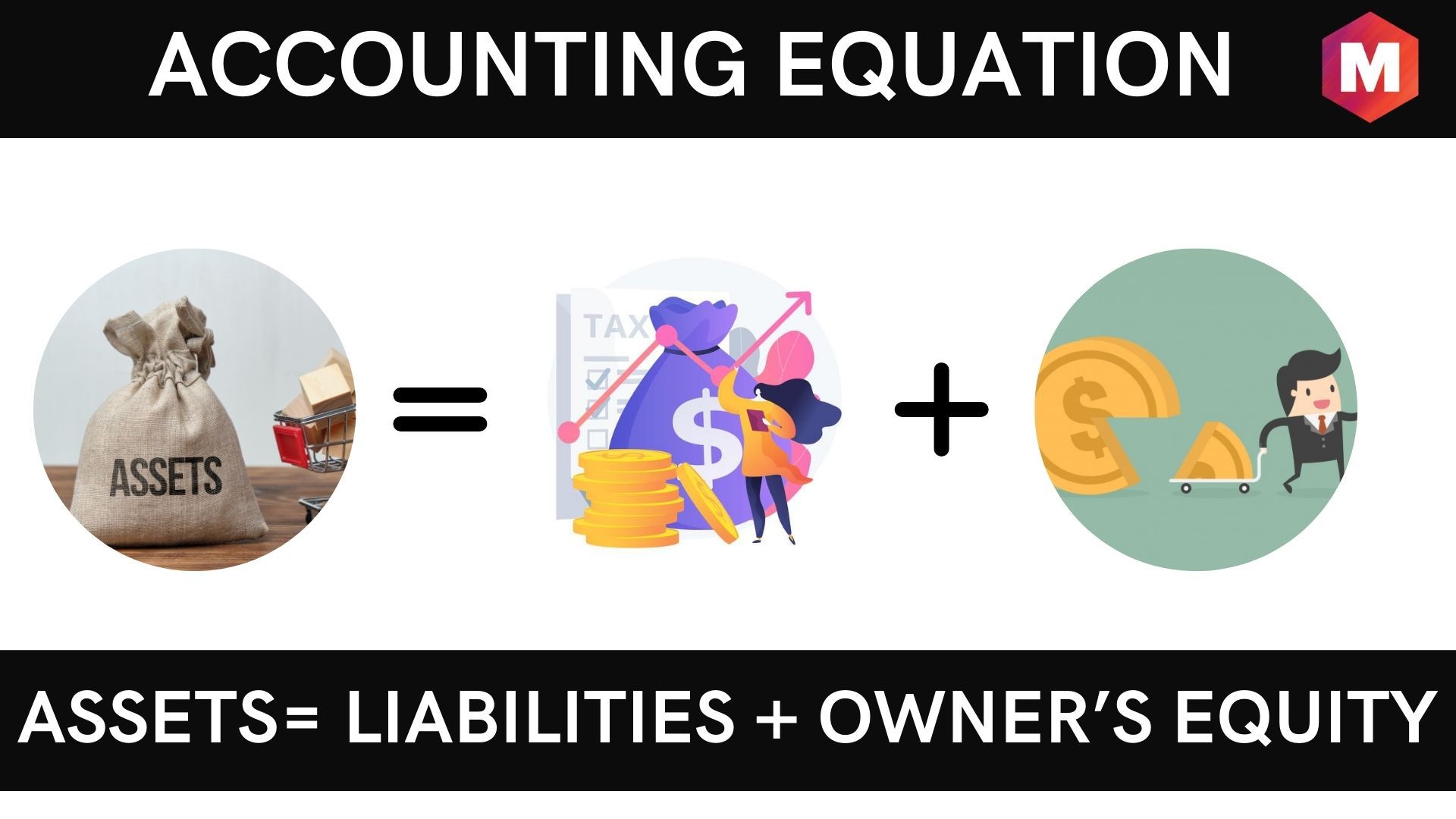
Accounting Cost: Meaning, and Types of Accounting Costs
Accounting Cost: Meaning, and Types of Accounting Costs
The concept of Accounting Cost can be defined as an activity of recording the cost in the ledger accounts of the business so that it reflects in the financial statements of the firm.
If there is a case of the Accounting Cost is not consumed or is equal or greater to the overall capitalization limit of the firm, it is then recorded in the balance sheet of the firm.
If the firm has used cash a mode of transaction, then it will appear in the cash flow statements. It is to be noted that the dividend of the firm has no Accounting Cost as it is distributed to the investors of the firm as their earnings from the stocks and shares purchased.
In almost every accounting practice, Accounting Cost of the firm is recorded through the accounts payable system. However, it is also recorded through journal entries in case of individual transactions and via payroll system in case of compensation costs.
Table of Contents
Meaning of Accounting Cost
- Depending on the business scenario and the merit of the situation, the role, and scope of Accounting Cost
- For instance, of the finance or accounts manager needs to know the Accounting Cost of the product to take the decision of a short term pricing of the product, he will have to include the variable costs attached to the product.
- And of the information is required to set a long term price, he will have to consider the allocation of fixed costs along with the overheads as well.
- The main objective of the Accounting Cost is to capture the production cost of the firm by considering and analyzing the input costs, fixed costs, and depreciation of the pieces of equipment and machinery.
- It helps the firm in the decision making and measuring the financial performance of the firm in the market as compared to its competitors.
- Accounting Cost is quite a beneficial and vital tool for the management of the firm for budgeting and organizing the cost control programs, especially during the manufacturing of the products.
- It also helps to improve the profit margins of the firm on a long term basis.
Types of Accounting Costs
1) Fixed Costs:
Fixed costs are the costs are fixed in nature and do not vary depending on the amount of work done by the firm. It includes aspects like making a purchase of land, machinery, and office spaces that have a depreciating value at a fixed rate with passing time.
2) Variable Costs:
The variable costs comprise of the costs related to the manufacturing, marketing, distribution, and other facets of the firm that are variable in nature. For example, shipping charges, raw material costs, and packaging costs, amongst others.
3) Operating Costs:
Operating costs are related to the day to day operations of the firm. They can be either fixed or variable in nature depending on the merit of the situation.
4) Direct Costs:
Direct Costs are related to the manufacturing of the product. For example, if the firm manufactures and sells shirts, the direct costs will include electricity used, daily labor wages, machinery depreciation, and packaging.
Methods of Calculating Accounting Cost
A) Standard Accounting Cost:
It works on the ratios to compare the efficiency levels of labor and materials required to manufacture goods and services under the standard work conditions through the technique of variance analysis.
The conventional cost accounting methods allocates the Accounting Cost based on one single measure, machine working hours, or labor wages. Many a time, it leads to the insights that are misleading in nature as overhead costs rise in proportion to the labor costs.
B) Activity-based Accounting Cost:
The activity-based accounting is a methodology of monitoring the cost activities that involve resource consumption of the ones assigned to the specific activity. It also considers the final output and the various activities to cost the objects that are based on the estimates of the consumption.
C) Lean Accounting:
The concept of lean accounting is designed as an extension of the philosophy of lean manufacturing developed by Japanese companies.
Majority of the accounting methods for the manufacturing units work off the assumption that all the goods are being produced on a large scale and in huge quantities
And instead of opting for activity-based accounting, standard costing, and various other management accounting methods, using lean accounting, they are replaced by lean, focused performance measurements and value-based pricing.
D) Marginal Costing:
Marginal costing is considered as one of the simplest Accounting Cost methods. It is an analysis of the relationship between the sales price of the product, the volume of sales of the product, expenses, overheads, costs, profits, and quantity produced.
And this relationship between the various factors is known as contribution margin.
Contribution margin is arrived by dividing the revenue minus the variable cost by revenue. It helps the management of the firm to get thorough insights on how the potential margin of profits is affected by the changing costs, types of marketing and promotional campaigns to opt for, and sales price to be established in the market to attract the target customers.
Example of Accounting Cost:
The Accounting Cost of an MNC firm into the field of manufacturing:
- Raw Materials – Opening Stock: $40,000; Closing Stock: $30,000.
- Purchases during the period: $155,000.
- Direct labour – $100,000
- Works overheads – $50,000
- Administration overheads – $10,000
- Selling & distribution overheads – $30,000
- Finished units – 100,000.









